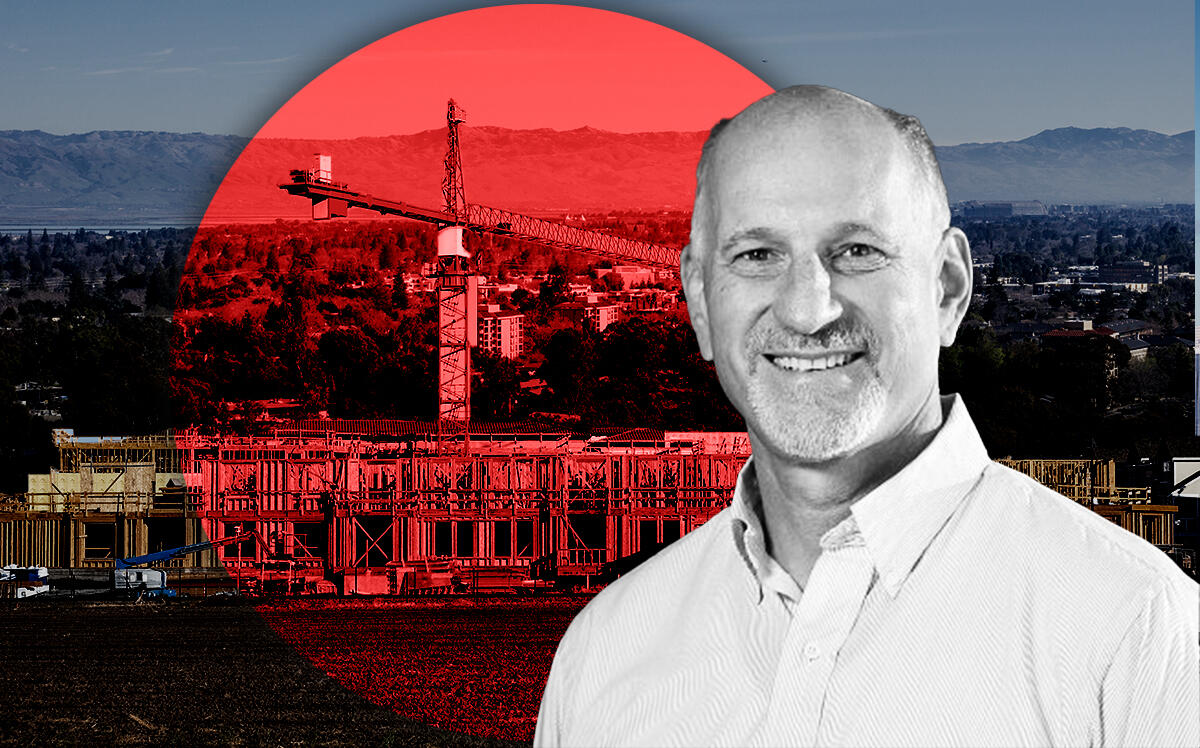The good news for Palo Alto: A plan to build 6,000 new homes, including nearly 2,500 affordable units. The bad news: Without state cash, it’s unlikely they’ll be built.
The Silicon Valley city has approved its draft Housing Element, paving the way for a December submission to the state, Palo Alto Online reported.
The city’s 11th-hour struggle to come to terms with its state-mandated housing goal could be a case study for the Bay Area. Its plan to meet its fair share of local housing will be submitted to the state’s Department of Housing & Community Development on Dec. 7.
The 323-page plan, which followed more than a dozen public hearings and community meetings, lists more than 290 sites that can accommodate housing.
It also includes 26 new housing programs to build on city-owned parking lots, cut application costs for affordable-housing projects and expand housing incentives that relax building standards for residential projects.
The new Housing Element was characterized as both a “hopeful document,” as well as a “hopeless one,” according to the digital arm of the Palo Alto Weekly.
The upside was that YIMBYs and NIMBYs managed to hammer out a plan to build the required 6,086 homes by 2031, including 2,000 homes on converted industrial and commercial land around San Antonio Road and Highway 101 and looking at Stanford Research Park as a possible site for new housing.
The downside, city officials and others acknowledged, is that without a heavy infusion of state funding, Palo Alto is highly unlikely to meet its obligations for affordable housing. That includes 1,556 homes for residents with very low incomes and 896 homes for those earning low incomes for the region.
“As policymakers, we deal with the world as it is, not how we wish it were, and we simply do not have the money to construct the amount of affordable housing that the state is requiring,” Councilman Greer Stone, a longtime critic of the state housing allocation process, said.
Palo Alto and Cupertino are among the handful of Peninsula cities that haven’t turned in their Housing Element drafts. Cities that fail to meet their mandates risk losing state grants, and even their land-use powers. An untested “builders remedy” for noncompliant cities could allow construction of affordable homes across the Bay Area, with little land-use oversight.
Like other cities across California, Palo Alto’s mandate to accommodate 6,000 homes has more than tripled from the 2015-2022 cycle, which required the city plan for 1,988 units.
State housing reviews of Housing Elements submitted by cities across the region have become more strict. Menlo Park, Woodside, Atherton and Portola Valley submitted draft plans over the summer, and are still revising them after they failed to pass. Other cities, including Redwood City and Mountain View, have requested changes still under review.
Palo Alto Councilman Tom DuBois, who filed a motion to include an affordability requirement for housing on public lots, pointed to inflation and high mortgage rates as challenges to meeting the state’s housing goals.
“It seems like the state is not going to ease up on these goals, even though the construction industry may not be constructing,” DuBois said.
City Council members did not mask their contempt for the state’s housing policies. Vice Mayor Lydia Kou said the state’s methodology for determining housing allocations is flawed. Stone accused the state of being stingy in supporting affordable housing.
Mayor Pat Burt argued the state housing allocation process places too much emphasis on the number of units that cities must produce, and not enough on the types of housing being developed. The result is that cities are mostly focused on building studios and one-bedroom homes to meet their housing targets, he said.
“The way that the allocations are set up are incentivizing anti-family housing,” Burt said. “What we should instead be doing is some formula that is bedroom-based, and have some balance of types of housing units that are being mandated.
“Right now, we’re all being incentivized to build massive numbers of studio apartments,” he said. “I think that’s destructive to the social and economic diversity that we all value.”
— Dana Bartholomew
